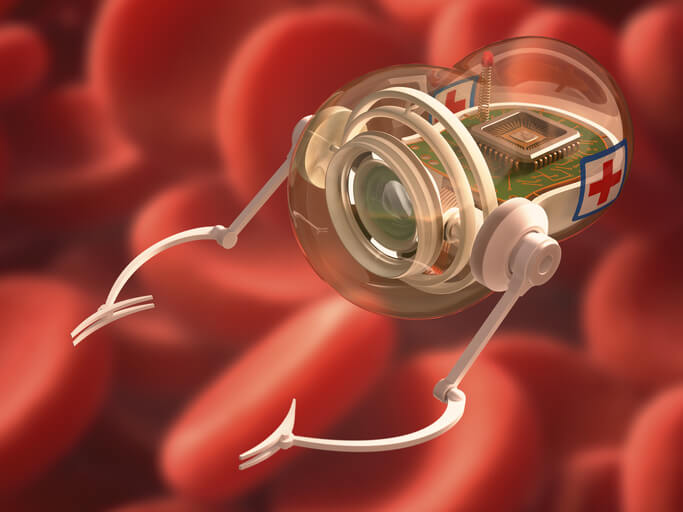Researchers develop nanosensor to detect disease quickly
Researchers at Queen’s University Belfast have developed a very innovative new enzyme biomarker test to detect diseases and bacterial contamination saving time, money and perhaps life as well.
A new and innovative enzyme biomarker test, which has been developed by Researchers at the Institute for Global Food Security at Queen’s University Belfast, has the potential to swiftly detect diseases and bacterial infection.
The nanosensor test can identify enzyme markers of disease recognized as proteases found in humans, animals, and food products. Proteases are an essential constituent required for the growth of the microorganism and they are also responsible for the advancement of a lot of diseases.
The number of proteases can be very high in the urine of patients who have diabetic kidney disease, or at the places on the body where there are infected injuries. In the same way, in cows, a rise of proteases in their milk can disclose the existence of diseases such as bovine mastitis, which is a kind of mammary gland infection. In foodstuff, proteases are produced by bacteria-adulterated meat and dairy products can lead to sourness, together with reduced shelf life and quality.
How does it work?
Built on the gold-nanoparticle, nanosensor specifies when proteases are existent through a visible colour-change reaction. Gold nanoparticles are known for their ability in accelerating the oxidization of a chemical called tetramethylbenzidine (TMB), which can be seen through a bright blue-colour creation.
When casein, which is a molecule existing in milk, is added to gold nanoparticles, it surrounds the nanoparticles working as a shielding surface barrier. When TMB is added, the casein stops the oxidization reaction which means there will be no or only a small colour change.
Where proteases exist, they consume the protecting casein barrier, baring the surface of the gold nanoparticles. In this case, when TMB is added, the proteases have already removed the casein by then and it means oxidization takes place rapidly leading to a fast change in colour.
Existing protease detection methods are expensive, consumes a lot of time, and there is no guarantee that they will deliver the most effective results.
But the nano sensor developed by scientists at Queen’s Institute for Global Food Security has brought about sensitive, swift and cost-effective detection of protease in urine and milk.
Dr. Claire McVey, Queen’s researcher and co-author on the study published in leading journal Nano Research, said that this nanosensor test is not only inexpensive to carry out, but it can also be applied anywhere and it is not dependent on laboratory-based environments. By removing the need to perform the test in a laboratory site, the whole process becomes cost-effective and deliver a faster diagnosis.
What else?
Using this methodology, proteases can be noticed within 90 minutes and that too without needing any complicated or costly laboratory tools and equipment.
Furthermore, the constituents that are needed for making the nanosensor are easily obtainable and at a very affordable cost. Gold nanoparticles can be made in large quantity, with little restraint on storage requirements, which makes it a long-lasting and economical substance.
Professor Elliott, who is the founder of the Institute for Global Food security and a co-investigator in the study stated that the capability to make a quick diagnosis of disease or contamination can have an enormous effect on how serious problems can be handled in right way.
The remarkably low cost of the system will be very helpful in reducing the expenses of testing and it could revolutionize the amount of testing which is done in the developing nations.
Image credit: www.istockphoto.com

















